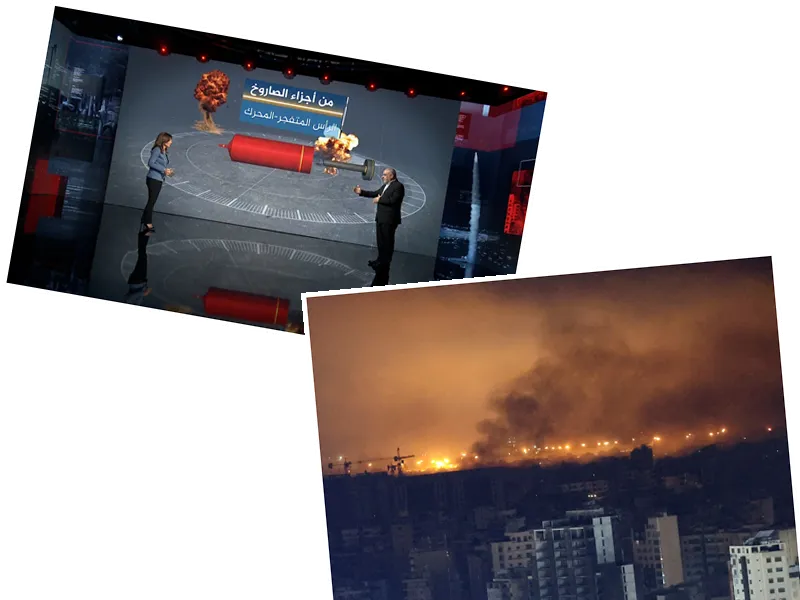The escalation of Hezbollah's attacks signifies a shift in military strategy, potentially increasing the risk of broader conflict in the region.
The use of advanced weaponry by Hezbollah highlights the group's growing capabilities, raising concerns for Israeli defense strategies.
The humanitarian impact of the ongoing conflict is profound, with significant casualties and displacement affecting vulnerable populations, particularly women and children.
If the current trend of escalation continues, the likelihood of a larger military confrontation between Israel and Hezbollah may increase.
The Israeli army may face greater challenges in maintaining security along its northern border as Hezbollah enhances its operational capabilities.
Humanitarian conditions in the affected areas could deteriorate further if the conflict escalates, leading to increased displacement and casualties.
Military and strategic expert Brigadier General Elias Hanna emphasized that the recent intensification of attacks by Hezbollah has placed the Israeli occupation army on a constant state of alert. The Lebanese group has reportedly increased the frequency and severity of its assaults, including a significant attack on the Kiryat Shmona settlement using a barrage of rockets, as well as a drone strike on a military gathering in Maroun al-Ras. This escalation includes targeting the Tel Nof air base, one of Israel's oldest military installations, which houses Unit 669, responsible for evacuating wounded soldiers. The use of long-range missiles and suicide drones indicates Hezbollah's advanced logistical capabilities, raising security concerns for Israel along its northern border.
Brigadier General Hanna noted that the ongoing attacks have led to heightened military mobilization by Israel, particularly in the Galilee region, where clashes have intensified. The Israeli Home Front Command reported multiple air raid sirens sounding in over 50 cities and settlements, signaling the growing threat of drone incursions from Lebanese territory. Residents have been forced to seek shelter as the situation escalates along the Blue Line, the demarcation line between Israel and Lebanon.
Despite the Israeli army's efforts to control border areas such as Kfar Kila and Adaisseh, they face significant resistance from Hezbollah. The ongoing conflict has resulted in a staggering humanitarian toll, with the Israeli occupation war on Lebanon leading to 3,102 deaths, 13,819 injuries, and approximately 1.4 million displaced persons, many of whom are women and children. These figures reflect the severe impact of the conflict, particularly after September 23, as reported by Anadolu Agency.






